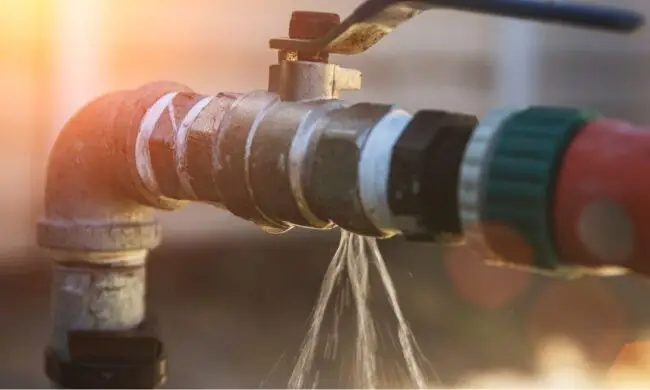
Plumbing leaks are a common household problem that can lead to costly damage. These leaks can occur in various areas of your home, both inside and outside. Identifying and fixing these leaks quickly is crucial to prevent water damage, mold growth, and increased water bills. If you discover an unexpected leak, you need Houston plumbing leak repair fast before any damage gets worse.
For professional and reliable plumbing leak repair in Houston any time day or night, you can count on Santhoff Plumbing. We are available 24 hours a day for urgent plumbing issues. Schedule a service appointment with us now.
Pinpointing Leaks Inside Your Home
Your home’s interior is a network of pipes, and unfortunately, leaks can happen anywhere. Regularly look under sinks for dampness or drips, periodically check the hoses behind your washing machine for dampness, and keep an eye out for unexpected water on the floor around toilets, bathtubs, and your dishwasher. By paying attention to these areas, you can help catch leaks early before they become major problems.
Here are the most common spots for leaks inside your house:
Kitchen
The kitchen is a hotspot for leaks due to its many water sources.
Under the Sink:
- This is a frequent problem area. Leaks often happen because pipes loosen over time, or the pipes themselves corrode (rust). Garbage disposals can also leak, and the hoses connected to your faucet can wear out.
- If you don’t fix these leaks, water can damage your cabinets and flooring. Mold can grow in damp areas, and wooden cabinets can start to rot.
Dishwasher:
- Dishwashers have supply lines (bringing water in) and drain lines (taking water out). Both can leak. Internal parts, like the pump, can also fail.
- A leaking dishwasher can cause flooding, damaging the floor around it.
Bathrooms
Bathrooms have a lot of plumbing, making them prone to leaks.
Toilet:
- The wax ring (sealing the toilet to the floor) can break, causing leaks. The toilet tank or bowl can crack, and the supply line can leak. Overflows are also a common issue.
- Toilet leaks can damage the floor and the ceiling below. They also waste a lot of water.
Shower/Bathtub:
- Cracked tiles or grout (the material between tiles) let water seep behind the walls. Faucets can leak, shower pans can get damaged, and pipes can corrode.
- Water seeping into walls and floors leads to mold and mildew. It can also weaken the structure of your home.
Sink:
- Bathroom sinks are similar to kitchen sinks in that the pipes underneath can corrode, and the connections can loosen. Faucets also wear out over time.
- These leaks can damage the cabinets below, and create mold growth.
Laundry Room
The laundry room’s washing machine is a major water user.
Washing Machine:
- The hoses that supply water to the washing machine can burst or loosen. Drain lines can clog or leak, and the machine’s internal pump can fail.
- Washing machine leaks can cause significant flooding, damaging walls and floors.
Indoor Leaks Cause Water Damage and Mold Growth
Water damage in your home can quickly ruin floors, walls, and ceilings. When water soaks into flooring, it can warp wood, cause tiles to crack, and make carpets rot. Walls can bubble and peel as drywall absorbs moisture, and paint can blister. Ceilings are especially vulnerable, quickly showing water stains and even collapsing if the damage is severe.
A major health concern with water damage is mold growth. Mold thrives in damp environments, and even small leaks can create the perfect conditions. Mold can cause allergies, respiratory problems, and other health issues. It’s crucial to address water damage quickly to prevent mold from spreading. If you see signs of water damage, or smell a musty odor, take immediate action to dry the area and find the source of the leak.
House Exterior Plumbing Leaks
Leaks aren’t just an indoor problem. Your home’s exterior plumbing can also suffer from leaking pipes and other plumbing fixtures. Make sure to regularly inspect outdoor faucets for drips or dampness, and watch for any wet spots in your yard even if it hasn’t rained or your sprinklers haven’t been running recently.
Outdoor Faucets/Spigots
These are the faucets you use for gardening or washing your car. A leaking outdoor faucet wastes a lot of water, increasing your water bill. Water pooling near your foundation can cause damage over time, and erode away the soil in the area round the spigot.
Freezing temperatures are a major culprit of spigot leaks. When water freezes inside the pipes, it expands and can cause them to burst. Loose connections can also lead to leaks, as can corrosion from weather exposure.
Underground Pipes
These pipes carry water to and from your home, and they’re vulnerable to several problems. Ground shifting, especially in Houston with its notorious clay soil, can crack pipes. In older neighborhoods, tree roots are notorious for invading and damaging underground pipes.
A leak in an underground pipe can significantly reduce your water pressure and can even lead to unpleasant sewer backups if the main sewer line is breached. Foundation damage is also a serious risk as water can erode the soil beneath your home. Beyond the drop in water pressure, noticing water pooling in your yard is a key sign of this type of plumbing problem.
24 Hr Service for Houston Plumbing Leak Repair
If you spot a leak, don’t delay. Water damage escalates quickly, and mold can start growing within 24 to 48 hours. For fast Houston plumbing leak repair, prompt action is key. Call a reliable plumber immediately can minimize damage and save you money in the long run.
Our team at Santhoff Plumbing is available 24 hours a day to respond to urgent plumbing issues. Contact us any time to schedule critical plumbing leak repair in Houston.

